What Is Resolution Power Of Microscope ?
The resolution power of a microscope refers to its ability to distinguish two closely spaced objects as separate entities. It is determined by the numerical aperture of the objective lens and the wavelength of the light used to illuminate the specimen. The higher the numerical aperture, the better the resolution power of the microscope. The resolution power of a microscope is usually expressed in terms of the smallest distance between two points that can be distinguished as separate, known as the resolving power. The resolving power of a microscope can be improved by using shorter wavelengths of light, increasing the numerical aperture of the objective lens, or using specialized techniques such as confocal microscopy or super-resolution microscopy. The resolution power of a microscope is an important factor in determining the level of detail that can be observed in a specimen, and is critical in many fields of science and medicine.
1、 Optical resolution
The resolution power of a microscope refers to its ability to distinguish two closely spaced objects as separate entities. Optical resolution is a measure of the smallest distance between two points that can be resolved by a microscope. It is determined by the wavelength of light used and the numerical aperture of the lens system. The higher the numerical aperture, the better the resolution.
In recent years, there have been significant advancements in microscopy techniques that have pushed the limits of optical resolution. One such technique is super-resolution microscopy, which uses fluorescent molecules to overcome the diffraction limit of light. This allows for the visualization of structures at the nanoscale level, which was previously impossible with conventional microscopy.
Another technique that has gained popularity is electron microscopy, which uses a beam of electrons instead of light to image samples. Electron microscopy has a much higher resolution than optical microscopy, allowing for the visualization of structures at the atomic level.
Overall, the resolution power of a microscope is a critical factor in determining its usefulness in scientific research. With the development of new techniques, the limits of optical resolution are constantly being pushed, allowing for the visualization of structures that were previously invisible.

2、 Numerical aperture
The resolution power of a microscope refers to its ability to distinguish two closely spaced objects as separate entities. It is determined by the numerical aperture (NA) of the microscope's objective lens. The NA is a measure of the lens's ability to gather light and is calculated as the refractive index of the medium between the lens and the specimen multiplied by the sine of the half-angle of the cone of light entering the lens.
The higher the NA, the better the resolution power of the microscope. This is because a higher NA allows for a smaller point spread function, which is the image of a point source of light formed by the lens. A smaller point spread function means that two closely spaced objects can be distinguished more easily.
Recent advancements in microscope technology have led to the development of super-resolution microscopy techniques, which allow for even higher resolution imaging. These techniques include structured illumination microscopy, stimulated emission depletion microscopy, and single-molecule localization microscopy. These techniques use various methods to overcome the diffraction limit of light, which is the theoretical limit of resolution for a conventional microscope.
In conclusion, the resolution power of a microscope is determined by its numerical aperture, and recent advancements in microscopy technology have led to the development of super-resolution techniques that allow for even higher resolution imaging.

3、 Contrast
The resolution power of a microscope refers to its ability to distinguish two closely spaced objects as separate entities. Contrast, on the other hand, refers to the difference in brightness or color between an object and its background. While resolution and contrast are related, they are not the same thing.
In recent years, there has been a growing interest in improving the contrast of microscopes, particularly in the field of biological imaging. This is because many biological samples are inherently low in contrast, making it difficult to distinguish between different structures and cells. To address this issue, researchers have developed a range of techniques to enhance contrast, such as phase contrast, differential interference contrast, and fluorescence microscopy.
These techniques work by manipulating the way that light interacts with the sample, either by changing its phase or polarization, or by selectively illuminating certain structures with fluorescent dyes. By enhancing the contrast of the sample, these techniques can improve the visibility of fine details and structures, even if the resolution of the microscope is limited.
Overall, while resolution power is still an important consideration when choosing a microscope, contrast is becoming increasingly important as researchers seek to image ever more complex and subtle biological structures. By combining high-resolution imaging with advanced contrast techniques, scientists can gain new insights into the workings of cells and tissues, and ultimately advance our understanding of the natural world.
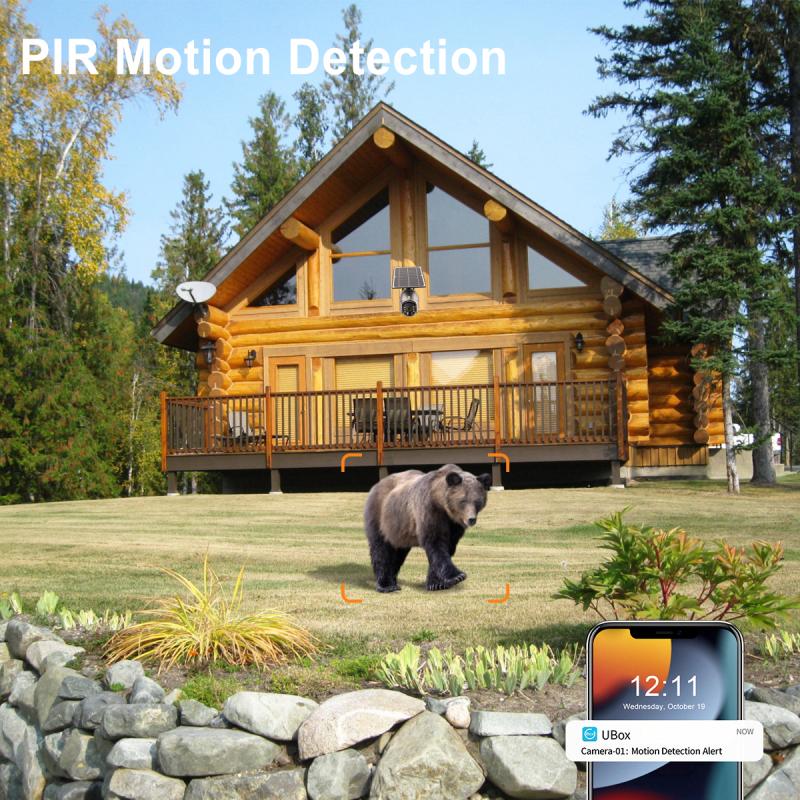
4、 Depth of field
"What is resolution power of microscope" and "Depth of field" are two important concepts in microscopy. The resolution power of a microscope refers to its ability to distinguish two closely spaced objects as separate entities. It is determined by the numerical aperture of the objective lens and the wavelength of light used. The higher the numerical aperture, the better the resolution power of the microscope. However, there is a limit to the resolution power of a microscope, known as the diffraction limit, which is determined by the wavelength of light used.
On the other hand, depth of field refers to the range of distances over which an object appears in focus under the microscope. It is determined by the numerical aperture of the objective lens, the magnification, and the aperture size of the diaphragm. A larger numerical aperture and smaller aperture size result in a shallower depth of field.
In recent years, there have been advancements in microscopy techniques that have improved the resolution power and depth of field of microscopes. For example, super-resolution microscopy techniques such as stimulated emission depletion (STED) microscopy and structured illumination microscopy (SIM) have pushed the diffraction limit and allowed for imaging of structures at the nanoscale level. Additionally, techniques such as confocal microscopy and two-photon microscopy have improved the depth of field and allowed for imaging of thicker samples.
In conclusion, the resolution power and depth of field are important concepts in microscopy that determine the quality of images obtained. Advancements in microscopy techniques have improved these parameters and allowed for imaging of structures at higher resolutions and depths.



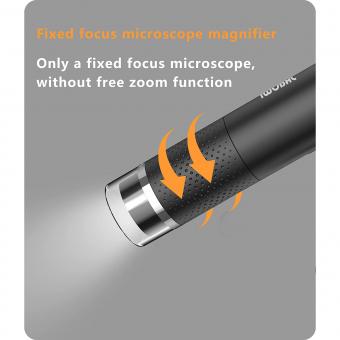














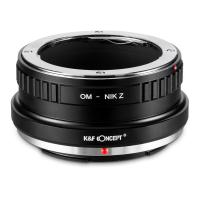
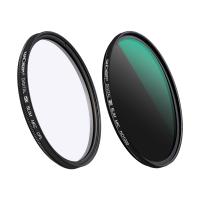
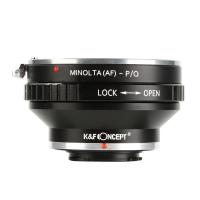




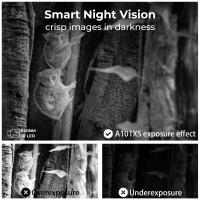
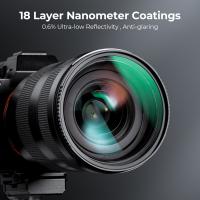


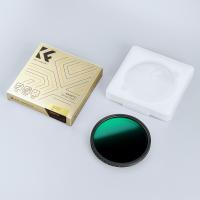
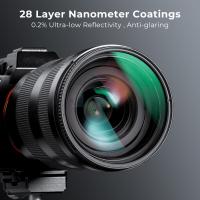

There are no comments for this blog.